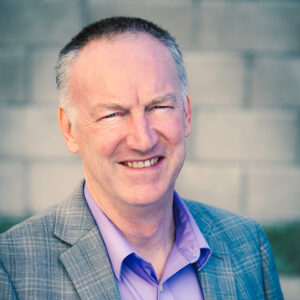Mental Models, MLK, and Christian Innovation
Mental models define how we think things “should” be. They create, without our knowing it, the boundaries of what is possible in our minds. The genius of Dr Martin Luther King, among other things, was his ability to create new mental models.
Before Dr. King, African Americans had two options while living under the oppression of Jim Crow: they could erupt in violence, or they could lie down in pain. Dr. King gave them a third option; he planted the seed of nonviolence in the South. Beginning with the Montgomery bus boycott in 1955–56, he created a new way to respond.8 Dr. King gave his people a new way to see the world and a new way to interpret their circumstances.
His first appearance as a public figure—indeed, the first great speech of the civil rights movement—occurred on the first December night of the 1955 boycott. As he stood in the pulpit that Monday night, the wider society was telling Dr. King’s sisters and brothers that what they were doing was wrong.
He reminded them that the prevailing mental model had them would have them believe that they could either be good Americans or good Christians—but not both. Good Christians would stand up for justice, this mental model asserted, but good Americans would obey the law. But the prevailing mental model said that Blacks living under Jim Crow could not do both. Anyone who wanted to fight the injustice around them had to break the law (and perhaps even disobey God) because fighting for justice surely meant violent protest.
That night Dr. King changed the way the people entrusted to his care saw themselves and what they were doing. He told them that they were being good Christians and good Americans — and they would do it, he assured them, by doing what Americans had always done and what Christians had always done. American citizens, he said, obey the law, just as Christians stand up for justice. So he told them that they would obey the law and they would stand up for justice. Then he gave them an idea they had never heard. He told them about nonviolent protest.
Before Dr. King, his people could either lie down to obey the law in pain, or they could stand up to seek justice through violence. Dr. King’s people did not need the physical inventions that we normally associate with the word “innovation.” They needed, instead, a new way to see the world—new meaning that paved a new avenue for action. He created a new mental model that showed them how nonviolence allowed them to act both as justice-loving Christians and as law-abiding Americans. Martin Luther King Jr. married the Old Testament language of justice from the past with Gandhi’s twentieth-century language of nonviolence, thereby creating a third way that his people had not considered. That is Christian innovation.

Scott Cormode
Hugh De Pree Professor of Leadership, Senior Fellow
Senior Fellow De Pree Center Hugh De Pree Associate Professor of Leadership Development Fuller Theological Seminary Scott Cormode, Ph.D., is a senior fellow at the Max De Pree Center for Leadership and is the Hugh De Pree Associate Pr...


